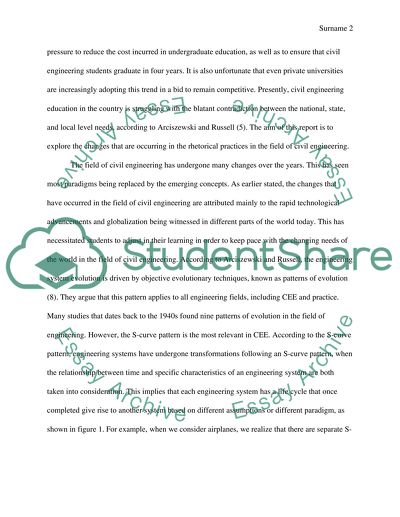Cite this document
(“Changes in the Field of Civil Engineering Essay”, n.d.)
Retrieved from https://studentshare.org/engineering-and-construction/1487991-changes-in-the-field-of-civil-engineering
Retrieved from https://studentshare.org/engineering-and-construction/1487991-changes-in-the-field-of-civil-engineering
(Changes in the Field of Civil Engineering Essay)
https://studentshare.org/engineering-and-construction/1487991-changes-in-the-field-of-civil-engineering.
https://studentshare.org/engineering-and-construction/1487991-changes-in-the-field-of-civil-engineering.
“Changes in the Field of Civil Engineering Essay”, n.d. https://studentshare.org/engineering-and-construction/1487991-changes-in-the-field-of-civil-engineering.


